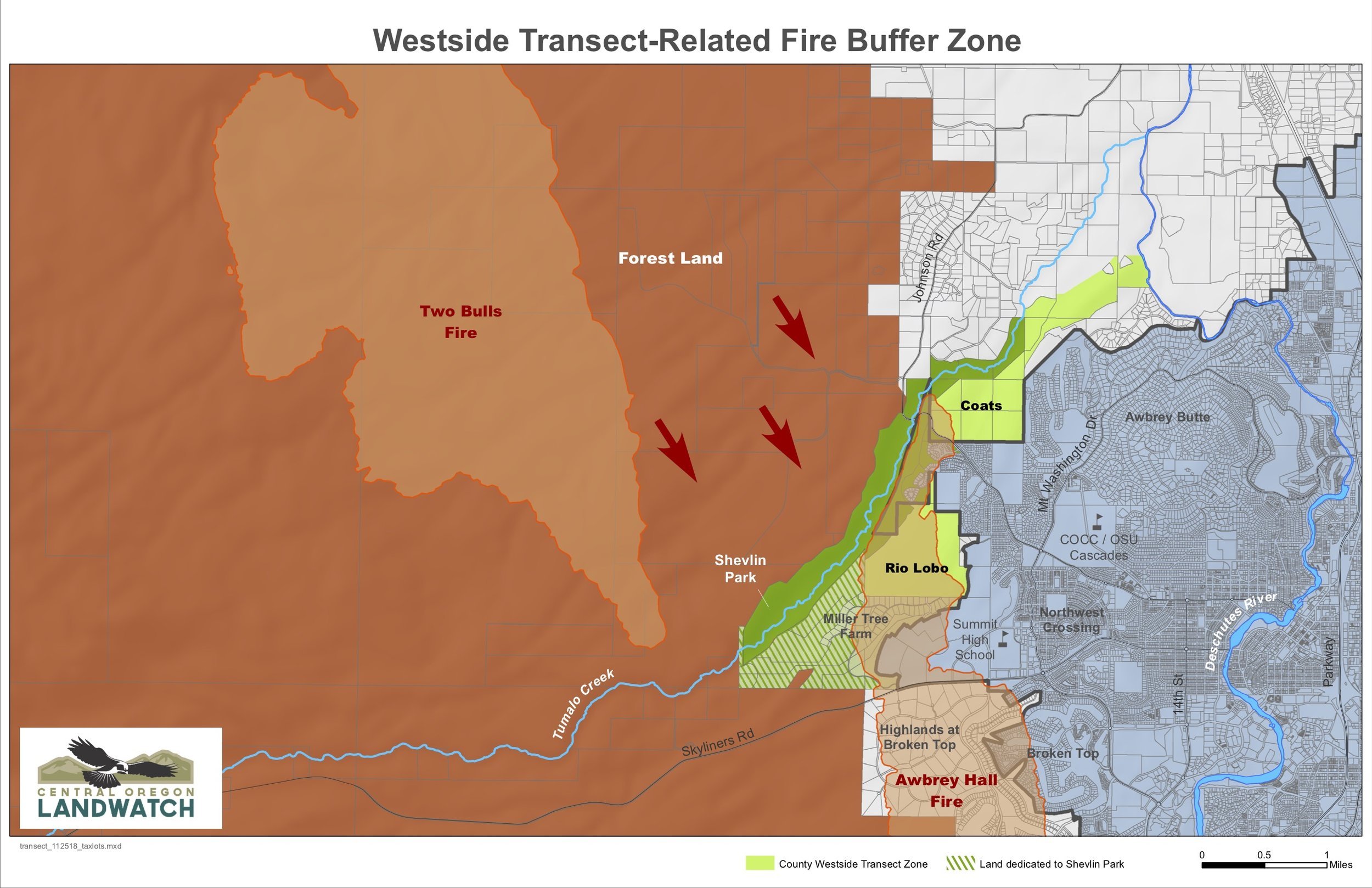What does wildfire safety mean to you?
Take the survey by May 31
There is one thing we know for sure about living here in the high desert: we will continue to live alongside wildfire. Living in a fire-adapted ecosystem means fire has always been a part of this landscape. As the effects of climate change continue to affect wind and weather patterns that increase fire severity, it is more important than ever we prioritize and plan for the safety of our communities.
Right now, the Oregon Department of Land Conservation and Development (DLCD) is asking for public input on what changes people want to see locally to minimize wildfire risk.
Last year, Oregon legislators passed a comprehensive bill (SB 762) to address wildfire preparedness and resiliency across the state. The goal is to create fire-adapted communities, develop safe and effective responses, and increase the resiliency of Oregon’s landscapes.
Many agencies are working together to find ways to minimize loss of life, and property, protect firefighters, and “create a more predictable and protected future for communities and development at risk to the effects of wildfire.”
That’s a big goal. Right now, DLCD is asking the public what they should prioritize to make it happen. Will you weigh in?
Our take on Wildfire Protection
We need to use our resources where they are most effective. That means protecting people and the already built infrastructure and limiting future risky development in these fire-prone areas.
We know the best way to protect our communities is to create resiliency in our Wildland Urban Interface (WUI), or the areas where human development meets wildlands and forests.
The Oregon Department of Forestry is finalizing its official wildfire risk maps and designation of Wildland Urban Interface (WUI) areas across the state. This survey will help inform their priorities.
What’s on the survey?
The survey asks, what guiding principles will make communities resilient to wildfire?
We believe DLCD should strive to protect lives, homes and other infrastructure, forest and agricultural resources, and more. We do not think DLCD should “ensure opportunities for new development” when we know these high-risk areas could bring catastrophic loss that should be prevented.
The survey asks, what solutions are most important to protect communities against wildfire risk?
We believe the most effective solutions are those that:
Protect forest and agricultural resources by limiting forest thinning to where it makes the most sense, in dense forests in and adjacent to the Wildland Urban Interface
Ensure people, especially those from underserved and under-resourced communities, have the resources they need to make essential updates to homes and landscapes (i.e. home hardening)
Restrict and limit any new development in the Wildland Urban Interface. Any development in high fire-risk areas must be well-planned with safety measures in place, tapering off as it moves towards the most dangerous areas in wild-fire prone landscapes, as seen in Deschutes County’s Westside Transect Zone
Provide funding and other resources to local governments so they can assist residents in the WUI and prepare the safest evacuation routes
Work with county officials, the Oregon Department of Forestry, and the U.S. Forest Service to focus fuel reductions in and near the WUI; if we want to keep communities safe, future projects and funding should prioritize work in the WUI, not out in the backcountry away from homes and other infrastructure
The Rooster Rock Fire near Bend, Oregon in 2010: Deb Quinlan
Let’s create a fire-wise future
In Central Oregon, wildfire is a natural ecological process that keeps our forests and grasslands healthy and resilient. Because we live in a fire-adapted landscape, we need a plan for people and wildfire to safely coexist. LandWatch has spent more than a decade advocating for careful planning in the face of wildfire, especially in our region’s most high-risk areas. Your support helps keep LandWatch working to bring a fire-wise future to light.



